DOCTORS WITHOUT BORDERS![]() DIAGRAM
DIAGRAM
![]()
// UPDATE 29-JUL-2015:
// Added A.V.V.A. (ALZHEIMER VICTIM VIDEO ASSISTANT) at #28 below - just scroll down to it.
// #29 - V.I.S.O.R. - (Visual Instrument and Sensory Organ Replacement)
// #30 - BioBed - Star Trek Medical Sick Bay diagnostic bed.
Let's take an idea from Star Trek & local hospitals today.
US hospitals have been using Skype to do off-shore outsourcing of medical diagnosticians. Local US doctors use Indian doctors in Bangalore India by "picking their brains" via Skype. The Indian outsourcer gets to meet the patient and ask questions, The local doctor or nurse or P.A. can physically administer whatever medical recommendations he/she makes.
This idea can be evolved one step further for remote areas of the world with little or no doctors. Nurses, or very well medical trained civilians, could be supplied with fully vetted emergency and sundry medical supplies and a satellite data terminal(s) with laptop with Skype on it. Some areas already have Internet access (i.e. internet cafes, public libraries, etc.). A triage tent could be set up at these locations and patients could sit (or lay) in front of the Skype terminal(s). The local nurse or med technician could follow whatever instructions given by the remote doctor. Obviously major medical procedures would involve MEDEVAC to closest hospital.
Where does Star Trek and HaD come in? Remember the Star Trek TRICORDER that the ship's surgeon uses? HaD could design and build one for this project. It is basically a multiple human body sensor monitor that attaches to Skype via video or automated file transfer. Two separate Skype terminals should be used. One for Tricorder functions and one for face-to-face consultation for patient and local medical technician. The Tricorder terminal needs to have a tech make labels in ENGLISH labeling what the remote doctor is looking at (i.e. Blood Pressure, Heart Rate, EEG, etc.)
Here is a list of human body functions that can be easily monitored with existing (or surplus) cheap toy electronics – and other stuff too:
1) EEG – Remember the Mind Control toys with the 2.4 Ghz head piece? They monitor brain waves.This will need some R&D to figure out how to display Alpha, Theta, and Delta waves.Audio doesn't seem detailed enough. Some sort of oscilloscope or graphing function is needed here.
2) EKG – a simple skin resistance sensor and DC amplifier which could send pulse rate to Skype.Cannibalize a wrist watch heart rate monitor. Aim Skype webcam at wrist watch attached to patient's arm. Clean skin with alcohol wipe and wipe on some sort of conductive cream or liquid to enhance sensor sensitivity. Leaving this attached to patient during examination is indicated. That way you can monitor EKG constantly. #5 can be used to check calibration.
3) Respiration sensor – a sort of stretch sensor (i.e. strain gauge) that wraps around patient's chest and changes resistance base on patients breathing rate. Cannibalize a wrist watch heart rate monitor with remote chest respiratory sensor.
4) Toy camera microscope ([i.e. Jakks EyeClops Bionic Eye) that could be used for eye, ear, and throat examination device (i.e. otoscope). Video out goes to video capture module or just point Skype webcam at EyeClops TV monitor. EyeClops has it's own illumination LED. But you could build in a better one. Also the chassis is stupid looking (big eyeball). Maybe a new style cool looking case. This device could also be used to visually examine body fluid microscopically. They have amazing magnification powers. Finding a way to mounting it on a tripod wouldn't hurt either.
5) Blood Pressure monitor – use a cheap battery operated automated BP monitor and aim Skype webcam at LCD display. Make sure patient's arm is resting on a table and use fresh alkaline batteries. An AC power supply would be better than batteries. They kind that has a remote display AWAY from the cuff would be indicated here for this project. That way you could Velcro the display in front of...
Read more » chris jones
chris jones DIAGRAM
DIAGRAM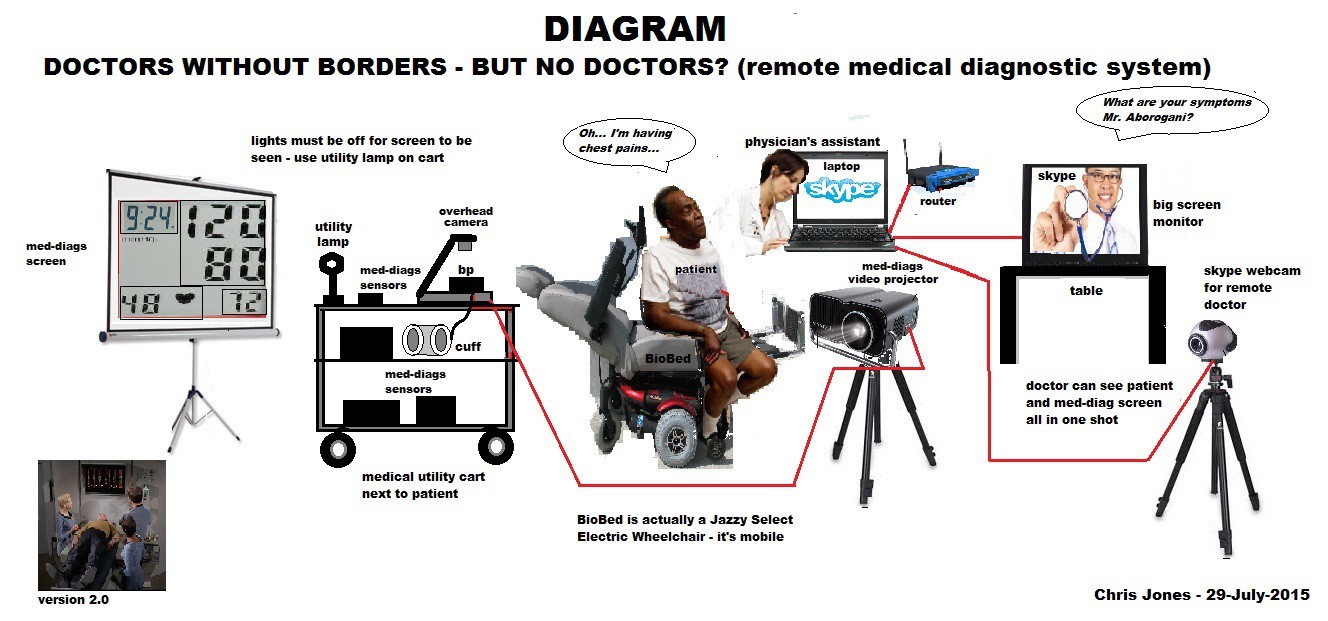
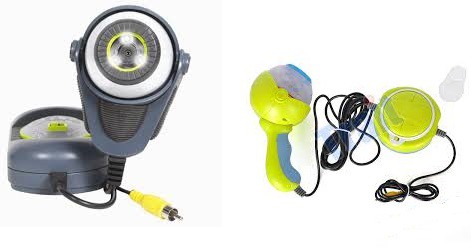 HARBOR FREIGHT SNAKE CAM
HARBOR FREIGHT SNAKE CAM
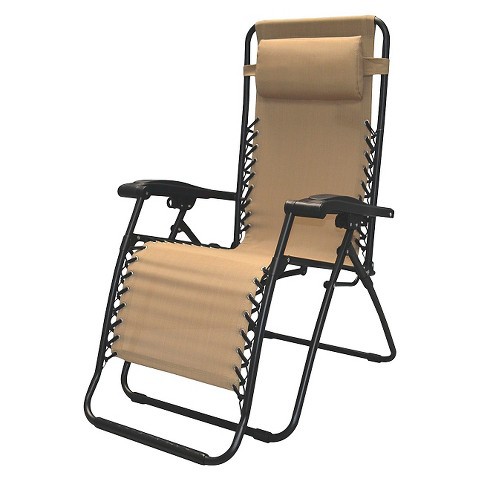
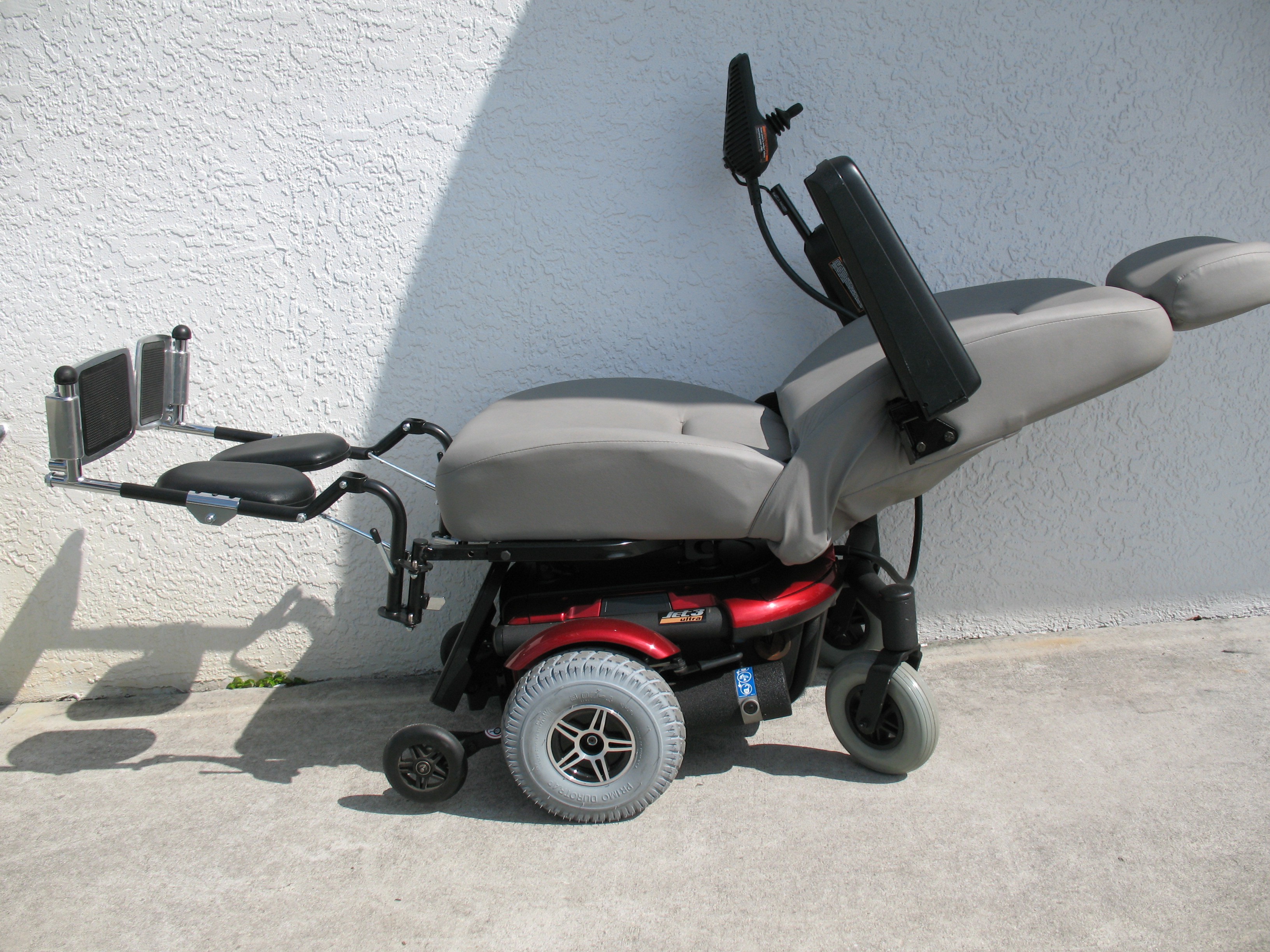
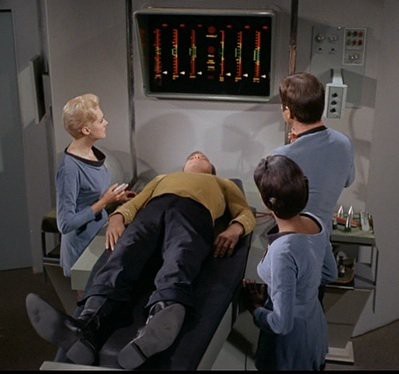

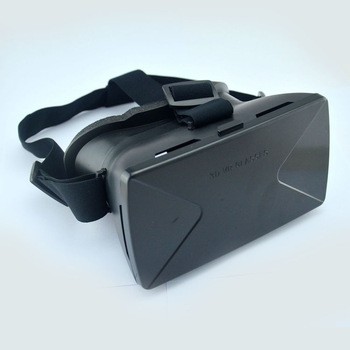

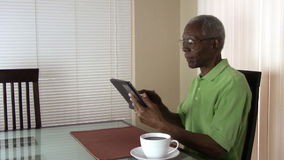


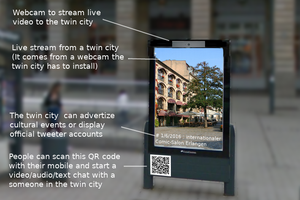
 PixJuan
PixJuan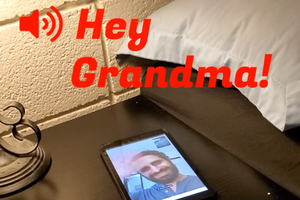
 Steve
Steve
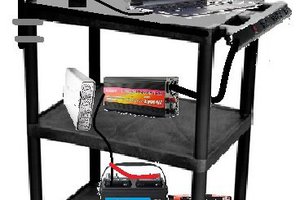
Skype is standard acknowledged among clinical local area around the world. Could you at any point suggest something more omnipresent for the normal clinical specialist? good luck for the complete project if you want something to discuss you can contact with my web page https://societieslink.com/usa-telegram-group-link/